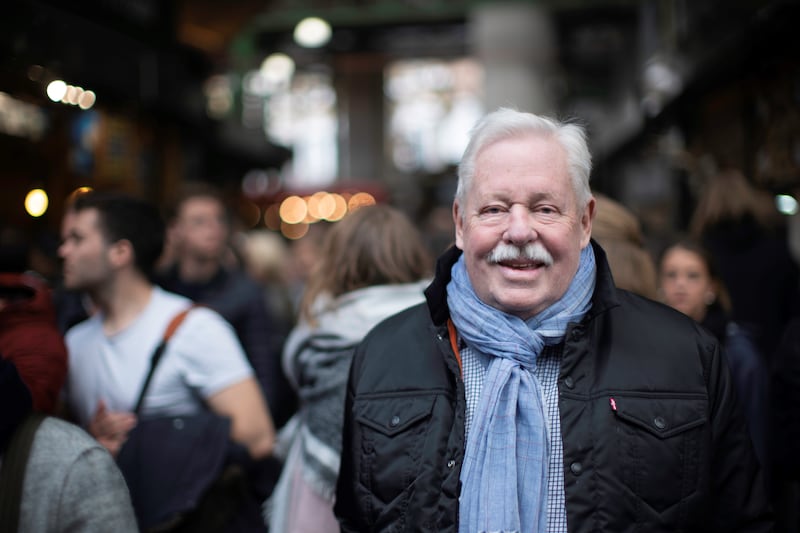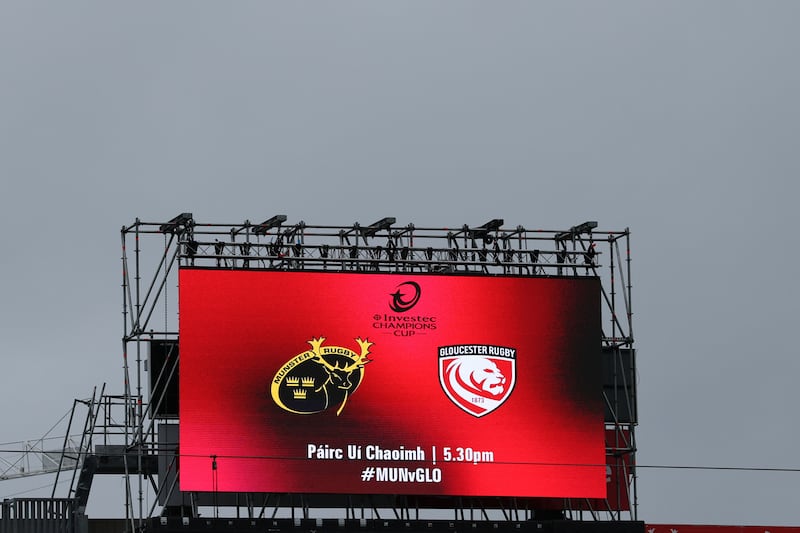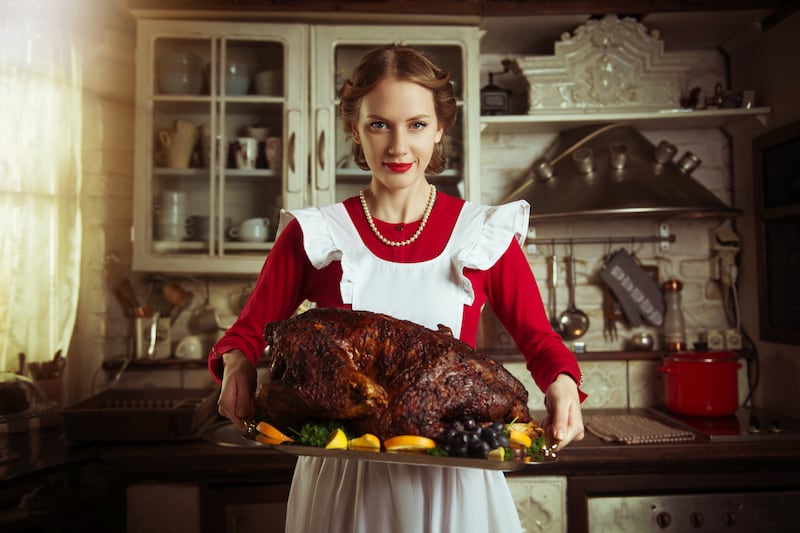Armistead Maupin is in a state of undress when I arrive at his home, bang on time for our interview. An outsize labradoodle, Zeke, keeps me company while his owner goes upstairs to get decent. Maupin and his husband, Chris Turner, a yoga teacher and photographer 30 years his junior, moved from the Castro in San Francisco to this quiet street in Clapham nearly five years ago.
Apart from the quality of the weed, he has no regrets. “There’s a kind of civility that exists here still,” says Maupin in a southern drawl that lingers despite him having left his native North Carolina five decades ago. “A little bit like the South actually, but without the prejudice and homophobia.”
Maupin is promoting his new book, Mona of the Manor, the 10th in the beloved series Tales of the City, which has spawned two TV adaptations. He claims this is the final instalment, although we’ve heard that before – most recently about The Days of Anna Madrigal (2014). That book, which tied up the plotline of Anna, the trans woman who acted as mother hen to a motley crew of tenants at 28 Barbary Lane, seemed like a natural ending point. But Maupin fans weren’t having it.
Among Anna’s brood was Mona, a free-spirited lesbian whom, in a Maupinian plot twist, we learn Anna had fathered before transitioning. In Babycakes (1984), Mona moves from Seattle (the San Francisco of the 1990s) to a manor in the heart of the Cotswolds owned by Lord Teddy Roughton. She agrees to a green-card marriage with Teddy so that he can live his sexuality freely in San Francisco. Mona was swiftly killed off by breast cancer at the end of Michael Tolliver Lives (2007) in “almost a footnote”, Maupin admits. “I had neglected her, so readers were complaining,” he says.
RM Block
Mona of the Manor – a midquel, let’s call it – takes us back to 1993 to fill in the gaps of Mona’s story. She inherited Easley House after Teddy died of Aids, and now runs it with Wilfred, a 26-year-old gay Anglo-Aborigine she had adopted 10 years prior. “Just a couple of queers making a family!” she remarks. To keep the manor afloat, she opens it to paying guests, among whom are an evangelical Christian couple with a secret. True to Tales form, soap-operatic high jinks ensue. The books originated as a serialised column in the San Francisco Chronicle, informing a cliffhanger format. “I was very aware of having to keep an audience amused every day of the week,” says Maupin.
[ ‘Tales of the City’, from a column to a canonOpens in new window ]
Setting Mona in the early 1990s allowed him to take on the Aids crisis. Although the epidemic does feature in some of the Tales, “I felt like I had never really addressed it”, says Maupin, who lost many friends and a boyfriend – “a big, blond, strapping thing” – to the disease. For a new generation, it’s a message that bears repeating. “I don’t want to be the grumpy old senior who says ‘you don’t know what it was like to suffer’. Of course they don’t know what it’s like because they didn’t live through it.” That’s why he created the character of Wilfred, who experiences the repercussions of Aids as a young man.
“And I threw in a pop star too,” says Maupin, referring to a masked George Michael cruising Hampstead Heath. (Michael didn’t come out until 1998.) Naming a gay celebrity being out shows evolution from when a thinly veiled Rock Hudson appeared with his name blanked out in Further Tales of the City (1982). “There’s been plenty of progress,” agrees Maupin. When the first television adaptation, produced by Channel 4, aired in 1993, a group called the American Family Association succeeded in getting it dropped by PBS for showing a gay kiss. The 2019 Netflix series, by contrast, features a lot of gay sex.
When Mona of the Manor takes place, Clause 28 was still in force in Britain – laws introduced by Thatcher’s government that prohibited local authorities from “promoting homosexuality” and schools from teaching “the acceptability of homosexuality as a pretended family relationship”. Taking a stand against the legislation was the impetus for Maupin’s friend Ian McKellen to come out of the closet. McKellen “was the last person Thatcher granted a knighthood to before she resigned,” Maupin chuckles. “I like to think she had some remorse.”
Like all of Maupin’s work, the novel takes on some big themes – trans allyship, prejudice, domestic violence – but he doesn’t sit down to write with issues in mind. The starting point is always the characters. “The first rule for me is that it has to make a good story,” he says. “Some social relevance to it, that’s a great thing too, but I don’t have a list of things I have to be PC about. I was woke before it had a name, and I resent the use of that term to denigrate anybody with a conscience.”

Another motivation for returning to the character of Mona was that Maupin “wanted to show that she’d had some happiness”. We see her getting involved with Poppy, a local postmistress. Mona’s friends have dubbed a maxim Mona’s Law: “you can have a hot lover, a hot job and a hot apartment, but you can’t have all three at the same time”. Having scored a hot job and hot accommodation at Easley House, in Mona of the Manor, she finally lands herself a hot lover. But given her allegiance to Anna, will her dreams of the trifecta die when Poppy baulks at a trans woman using the ladies’ room?
Ahead of its time, the character of Anna Madrigal was inspired in part by Dawn Langley Hall, the foster child of actor Margaret Rutherford, who “scandalised all of Charleston” in South Carolina by dressing as a woman. “I thought she was the most wonderful person I’d ever met,” says Maupin, “so brave and admirable really that I kept her in my mind for a long time.” Anna’s spirit was also inspired by Maupin’s grandmother, Marguerite Norma-Smith. An English suffragist who had emigrated to North Carolina in 1916, and “was the forgiving presence in my life when I was a little boy”. A photograph of Norma-Smith in a theatre production of The Madwoman of Chaillot (“she looks a little dramatic,” he says, laughing) takes centre stage on the bookshelf behind him.
The Tales were also ground-breaking in documenting the “daily doings” of Michael Tolliver, based on Maupin’s exploits in San Francisco. It was “the first depiction of happy gay life”, the journalist Patrick Strudwick has observed. Not unlike Will and Grace, the television show credited with helping change attitudes about gay marriage by bringing a gay character into the US’s living rooms, the column not only made queer people feel seen but fostered understanding between San Francisco’s different communities. When Maupin found out that some gay readers were skipping the straight storylines and vice versa, he purposely “mixed up the plot line so much that they had to read the whole thing to get the story”, he says.

Having championed LGBTQ rights for half a century, Maupin worries about society going backwards with another potential Trump administration. A sign with the Santayana quote “those who cannot remember the past are condemned to repeat it” looms large on the wall. Maupin no longer speaks to his brother, Tony, a Trump supporter. He blames Facebook, which “allowed us to see what our family was thinking”. Although he feels partly protected living abroad, Trump “affects us all”, he warns. “Whatever that mad man decides to do for sure is going to be the shape of the world in years to come.”
Perhaps that’s why Maupin has chosen to return to the past with his next book, a “for want of a better word” historical novel set in San Francisco in the 1900s, which Turner is helping him research. It’s about Charles Warren Stoddard, a writer who was “queer on the page in the Chronicle – the same newspaper [where] I’ve been queer,” says Maupin. “I mean, it was a little more subtle than mine was,” he adds slyly, alluding to the graphic nature of the Tales.
Before I let him return to bringing turn-of-the-century San Francisco to life, Maupin takes me on a tour of treasures, including a Barbary Lane street sign from one of the sets. An ink doodle by McKellen – “a little self-portrait” captioned “Gandalf slept here (with Magneto!)” – sits in front of an early 1900s nude. The photo is of a moustachioed and impressively hung Sicilian youth, a protege of the erotic photographer Vincenzo Galdi. Hilariously, a journalist once mistook the sepia-toned print for “an early portrait of Maupin”, he says. “I wish I looked like that,” he adds, laughing. As he shows me out, it occurs to me that with his lovely terraced house, a hot husband and continuing to write as he nears 80, Maupin, for one, is defying Mona’s Law.
Armistead Maupin will be in conversation with Rory O’Neill at the National Concert Hall, Dublin on March 20th at 8pm
























